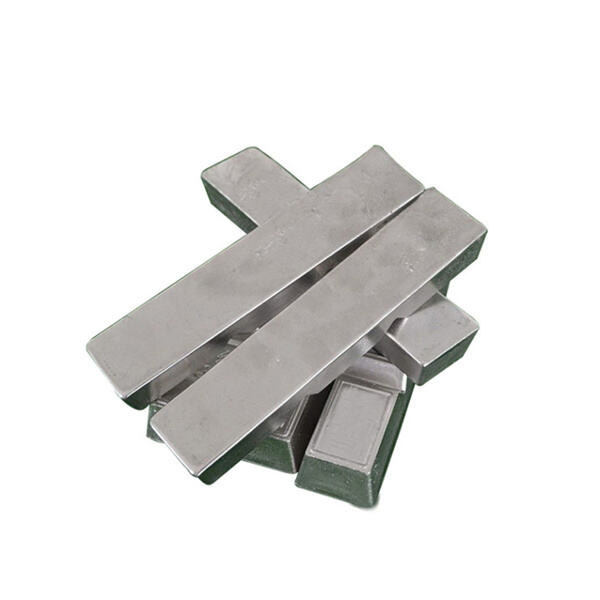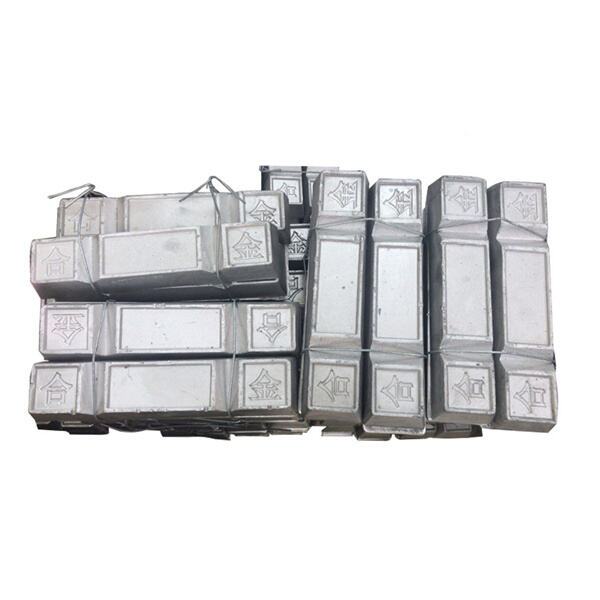Bismuth alloy is a unique class of metal, which is routinely obtained by the combination of bismuth and other metals such as tin, lead, or, cadmium. This combination results in a material with some neat properties. Let's dive into the world of bismuth and find out some of its uses!
Bismuth alloy is also noted for its low melting point. This means that it can transition from solid to liquid at a lower temperature than lots of other metals can. That makes it handy to work with when you need to melt it and mold it. It also has a cool property known as diamagnetism, so it can repel magnetic fields. That's pretty cool, right?
Due to its low melting point and diamagnetic properties, bismuth metal can be used in many applications. It is frequently a component of fire sprinkler systems, melting rapidly in order to disperse water in the event of a fire. Bismuth alloy can also to be found in fishing sinkers, bullets, and even make up products. Wow, it’s incredible how versatile this unique material can be!

Using bismuth alloy can also be green. Because it has lower melting temperature, it requires less energy to melt and mold into various products. This means using less energy to make things out of metal, which can reduce carbon emissions and help save our planet. Go, bismuth alloy!

Now, let’s contrast bismuth alloy with other metal alloys, we will see, this has some special advantages. For instance bismuth based alloys are less toxic than lead based alloys and are friendlier to people and environment. It also made it diamagnetic, meaning that it was magnetic in the exact opposite way that other metals are, which opened up a lot of possibilities. Bismuth alloy is really great metal and I get so much!

The future is limitless for bismuth alloy with advancements in technology. Its extraordinary properties make it appropriate for a variety of applications, including electronics, medicine and aerospace. One might suggest of that researchers continue to find many new ways to put bismuth alloy to work – and the future looks promising for this wonder metal. Who can say what new breakthroughs will be achieved with bismuth alloy in future years?